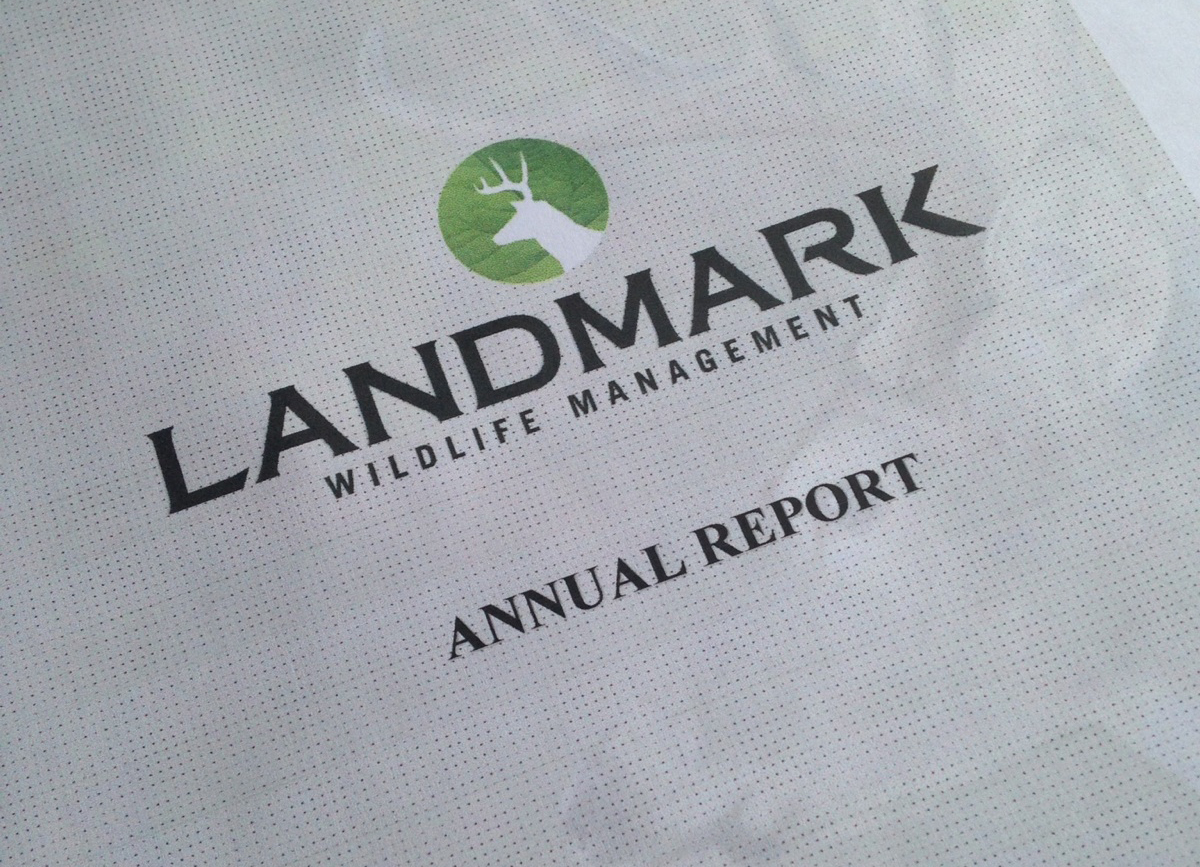The coyotes wail along the trail
Deep in the heart of Texas
The relationship between Texas landowners and coyotes is a complicated one. While coyotes are often romanticized in song and art, their carcasses may also be seen hanging on fences – a long-held tradition still seen along rural Texas roads. Is the coyote helpful protector of crops and rangeland or uncontrolled predator and livestock killer?
Well, both.
The Good
With their canine appearance, big, inquisitive ears, fluffy tails, and humorously endearing and fictional antics in childhood cartoons, it could be difficult for some to not feel an affinity for the coyote. The romantics among us might be interested to know that coyotes are considered monogamous, with pairs staying together for years, if not for life.
Coyotes are native to Texas and, like virtually any native species, they play a part in the ecosystem. Thanks to their affinity for rabbits and rodents, they have been considered a valuable predator in the balance of nature and protecting crops and rangelands.
In a recent article in the Tyler Morning Telegraph, Alan Cain, Texas Parks and Wildlife Department’s white-tailed deer program leader, noted that while there may be individual instances where coyotes may be an issue with a low density deer herd and low fawn recruitment, it’s not the case across the state. From a statewide perspective, Cain said, coyotes are not an issue. Rather, there are too many deer. He also remarked that he knows landowners who use coyotes to their advantage in deer management, something that can’t always be done on large acreage simply by hunting. The article also noted the potential benefits of coyotes in controlling feral hogs as well as predators of quail. Read more “Coyotes can be both good and bad for Texas wildlife” by clicking here.
The Bad
At the top of the food chain with few greater predators, coyotes are found in abundance throughout the state. They are currently the most abundant killers of livestock, causing the majority of sheep, goat and cattle losses. In a nutshell, that is the bad of coyotes and why you still see coyote carcasses hanging from fences. They will also eat just about anything, and as people continue to expand subdivisions and development into what used to be open range wildlife habitat that diet can include pets.
Coyotes are extremely intelligent, opportunistic, and adaptable. Efforts to control their populations have been thwarted by those traits. Studies have shown that when coyotes are partially removed from an area those that remain produce in greater number and, in 2-3 years time, the population is typically back to the pre-removal numbers. If you think coyotes are bad, then the bad news is there is not much you can do to control them.
The Coyote
Sort of like them or maybe hate them, the coyote is not going anywhere anytime soon. But while we may not be able to strictly control their populations – and some would say we should wary to do so anyway – we can control how we manage and interact with them. According to the Texas Parks and Wildlife Department, the real solution when it comes to coyotes, and the greater need facing Texans right now, is public education to take steps to coexist with them. Among the common-sense tips offered by the department are keeping pets, food, and water secured and not easily accessed by coyotes. Don’t feed and attract feral cats and maintain the property around your home and where pets and children play so that rodents and other small mammals aren’t attracted. In short, don’t attract things that attract coyotes. For more smart tips, visit TPWD.org.
Coyotes are part of the lore and legend of Texas and data indicates they will be a part of it for years to come. They are remarkably adaptable mammals and, as our worlds grow closer, we should be as well.









